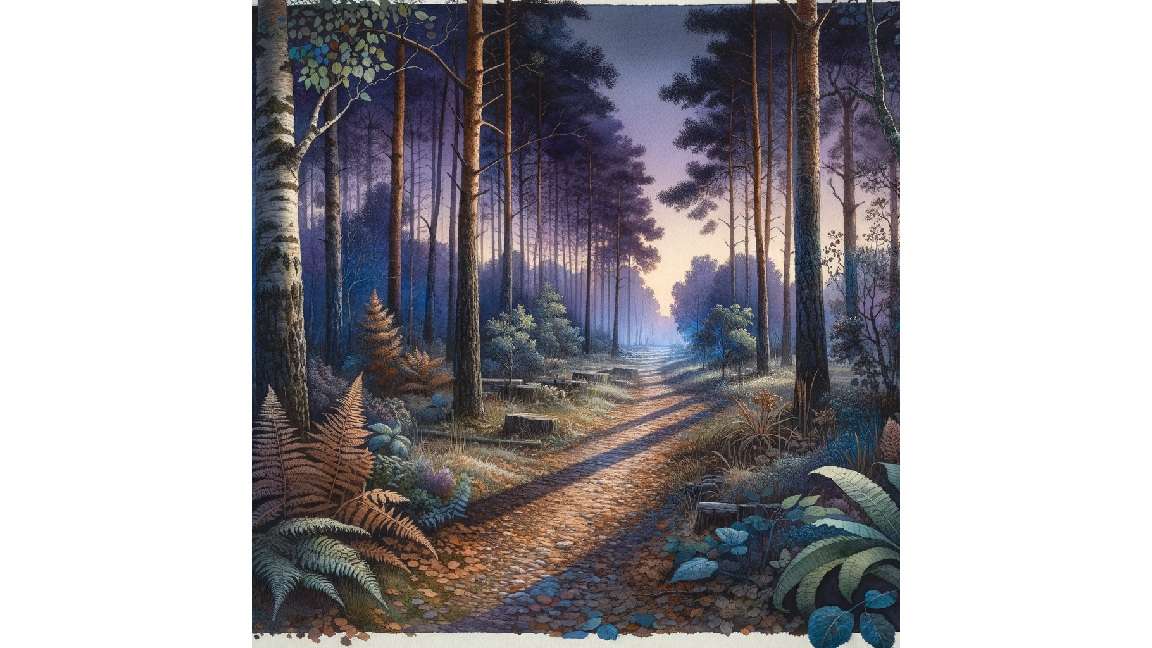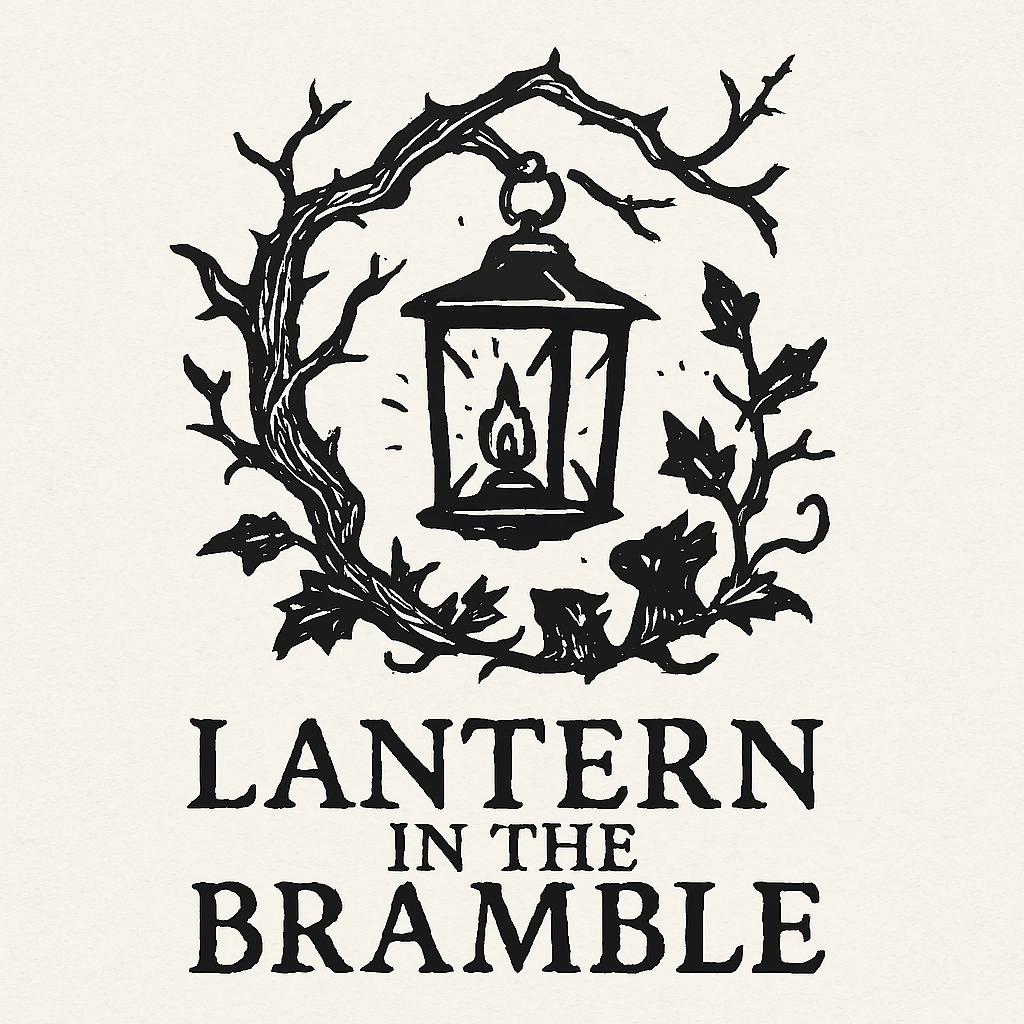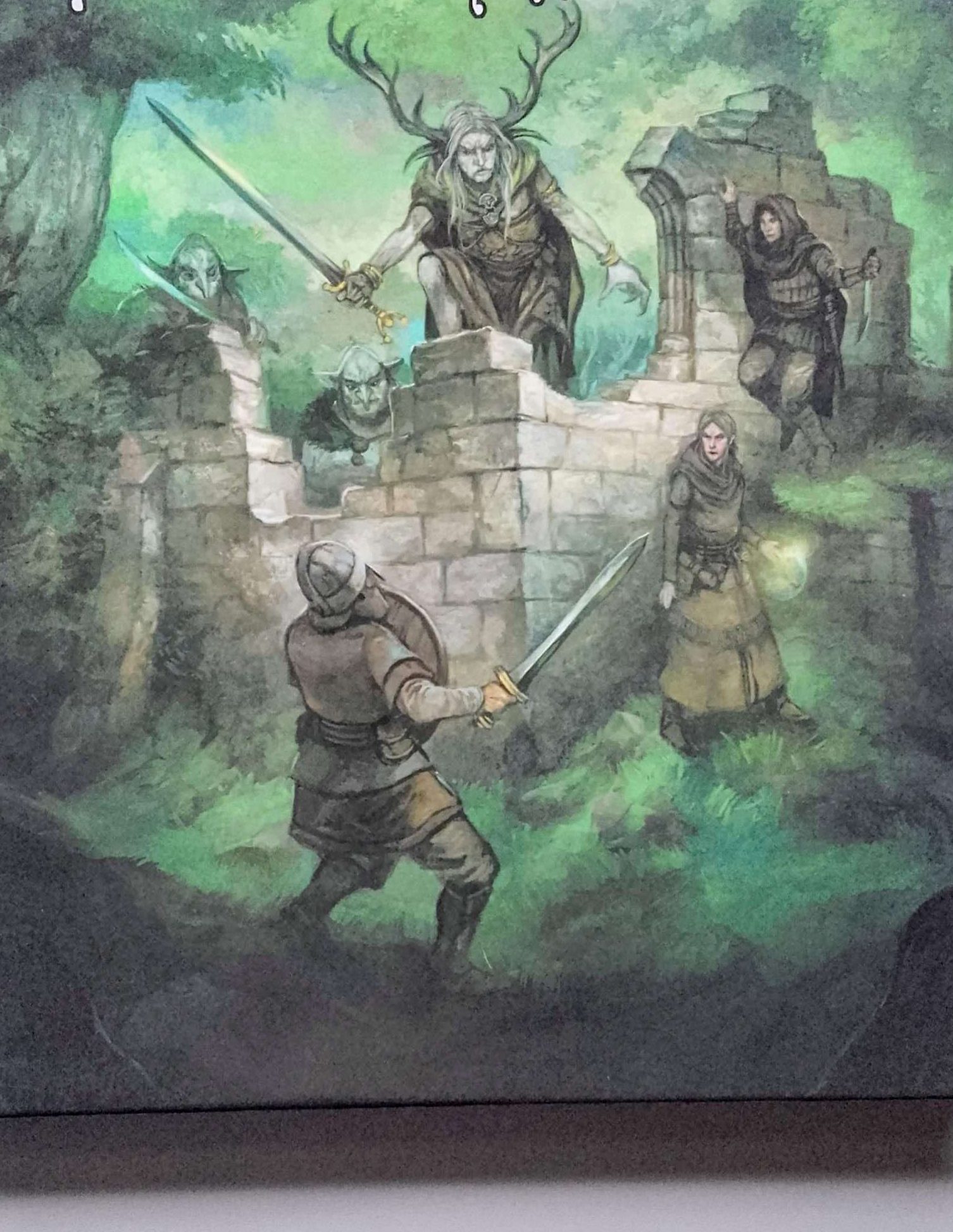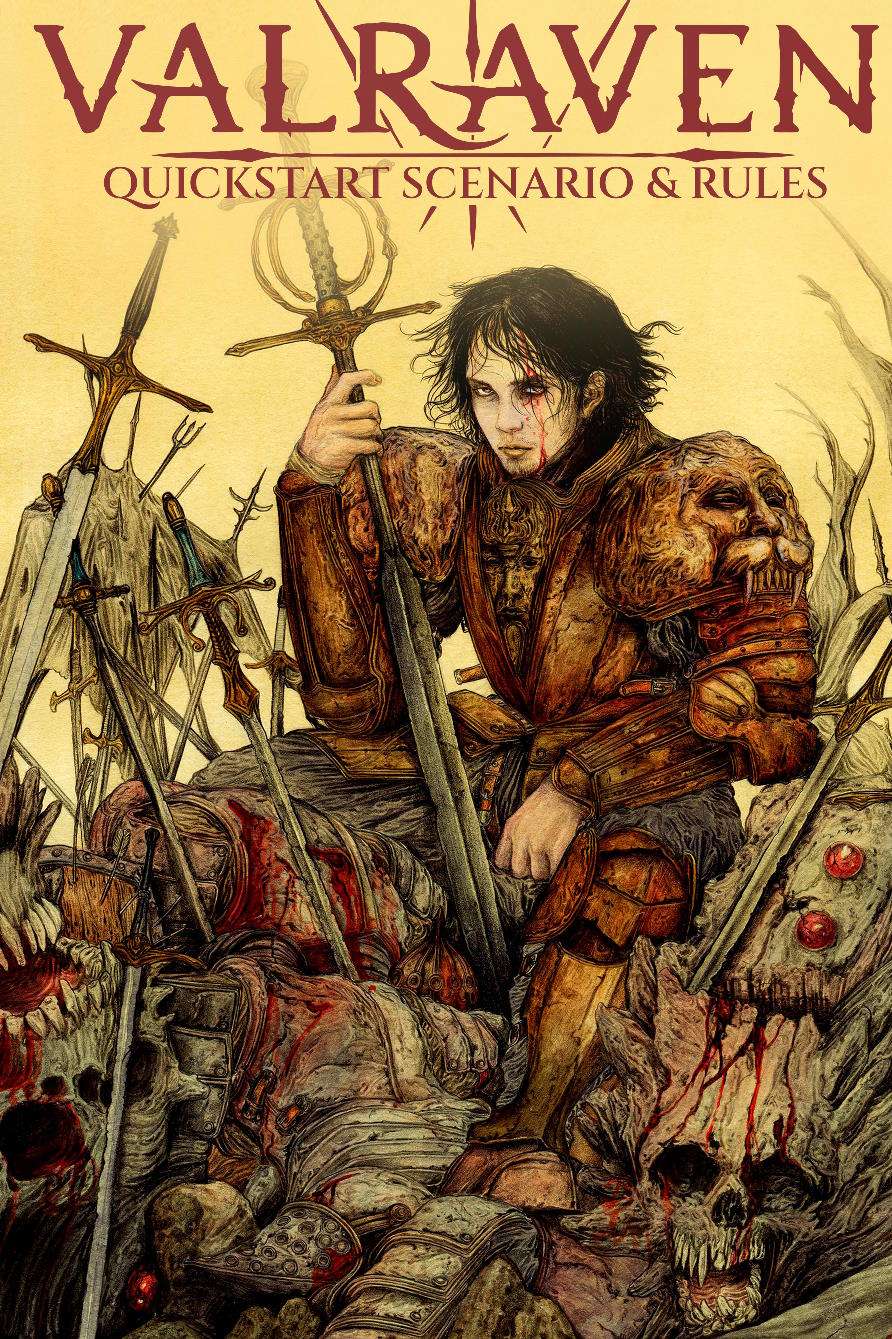Mastering the Art of Claustrophobic Encounters
Introduction
Roleplaying games thrive on atmosphere, and few settings evoke more excitement and anxiety than a confined space. In Pathfinder 2e, designing tension within tight quarters can transform a routine encounter into a memorable, pulse-pounding experience for your solo games. This blog post explores techniques and considerations for crafting suspenseful adventures in claustrophobic environments.
Why Confined Spaces Heighten Tension in solo games.
Confined spaces strip away the comfort of open movement and tactical flexibility. When adventurers face challenges of limited movement in narrow corridors, cramped chambers, or labyrinthine tunnels, their options dwindle. This restriction intensifies the stakes and forces you, the solo gamer, to think creatively about problem solving, fostering a sense of isolation, vulnerability and urgency.
Setting the Scene: Descriptive Details
Atmosphere is everything. If you are journaling your game, use vivid descriptions to convey the oppressive nature of the environment. Mention the dampness in the air, the echo of footsteps, or the barely perceptible shift in shadows. In Pathfinder 2e, environmental hazards—such as crumbling walls, unstable floors, or pockets of toxic gas—can reinforce the sense of peril and keep adventures on edge.
Even if you are not keeping a journal of your game, its well worth jotting down a few evocative details this invites your characters feel something beyond the mechanics, details become cues, and jotted threads become threads to revisit later.
Mechanical Impact: Pathfinder 2e Rules
Pathfinder 2e’s rules provide several ways to mechanically reinforce tension in confined spaces:
- Limited Movement: Tight corridors restrict movement. Use the squeezing condition to impose penalties or slow progress, making tactical decisions more critical.
- Line of Sight: Curved passages and cluttered rooms obstruct vision, increasing the risk of ambushes and surprise attacks.
- Area-of-Effect Spells: In a confined space, spells like fireball or burning hands become risky, threatening both allies and enemies.
- Escape Routes: The lack of easy exits heightens the sense of entrapment, encouraging players to plan their actions carefully.
Encounter Design: Monsters and Hazards
Selecting adversaries that exploit the environment can amplify the tension. Swarms, oozes, and creatures adept at navigating tight spaces pose unique threats. Consider traps and hazards that take advantage of limited manoeuvrability, such as collapsing ceilings or walls that slowly close in on the party.
Roleplaying Opportunities
Confined encounters aren’t just about combat. They’re a chance to explore character dynamics and to reflect the characters inner world. Tension may fray tempers or reveal secrets. Use this as an oppertunity to explore how your characters interact, strategise, and express their anxieties. The pressure-cooker environment can lead to memorable roleplay moments and deepen the party’s cohesion—or drive them apart.
Look at how a locked space can mirror whats unresolved in a character, their fears, their hopes, their memories. The mood of a room can shift depending on who enters and what they carry emotionally.
Pathfinder 2e Exploration Activities That Shine
When your characters are doing more than just walking down a corridor, think about what they are trying to do and then find the best exploration activity that fits that activity, this will allow you do describe and define the effects.
Some of the useful exploration activities detailed on pages 479–480 of Chapter 9
- Avoid Notice
- Defend
- Detect Magic
- Follow the Expert
- Hustle
- Investigate
- Repeat a Spell
- Scout
- Search
Example room.
The Archivist’s Alcove
The door creaks open into a narrow chamber, its air thick with the scent of old ink and dried lavender. Shelves line the walls, bowed under the weight of scrolls bound in faded ribbon. A single lantern flickers on a wrought-iron hook, casting long shadows that stretch like reaching fingers across the floor. In the far corner, a writing desk sits untouched—its surface dusted but not abandoned. A quill floats gently above a half-written letter, held aloft by a lingering enchantment. The ink glows faintly, pulsing in time with your heartbeat.
A sigil etched into the floor hums with quiet resistance. Something here remembers you—or wants to.
- What is your favourite way to build tension in small spaces for your solo games?
- Have you ever used small rooms or locked space to reveal more about your characters backstory or emotions?
- Which exploration actions do you find the most satisfying in solo play?
Join the Lantern in the Bramble mailing list—your guide through fog, folklore, and forgotten paths.











Leave a Reply